
Senior Lieutenant General Nguyen Van Long, Deputy Minister of Public Security, speaks at the conference to deploy the National Target Program on Drug Prevention and Control until 2030. Photo: VGP/Nhat Bac
The above information was announced by Senior Lieutenant General Nguyen Van Long, Deputy Minister of Public Security, at the Conference on implementing the National Target Program on Drug Prevention and Control until 2030 on the morning of October 9. The online conference was chaired by Prime Minister Pham Minh Chinh .
The Golden Triangle is a "hot spot" of global drug production and consumption.
At the Conference, Senior Lieutenant General Nguyen Van Long said that drug crimes are becoming a "silent pandemic" on a global scale, directly threatening people's health, the race and the sustainable development of countries. Notably, according to the report of the United Nations Office on Drugs and Crime, the situation of drug crimes and drug abuse in the world and in the region is complicated, increasingly serious and tends to increase sharply in both supply and demand. Regarding supply, the average annual drug production is estimated at up to 3,000 tons of all kinds, new drugs are constantly appearing with more than 1,180 types to deal with the authorities. Regarding demand, there are currently 316 million people in the world using drugs, increasing by about 3% on average each year.
Not only that, the Southeast Asian region, especially the Golden Triangle, is still a "hot spot" for global drug production and consumption. According to statistics, drug production here has increased by 30%, opium poppy growing area has increased by 28% and the amount of heroin and morphine seized has increased by nearly 90%. What is worrying is that some countries in the region have implemented a policy of legalizing some types of drugs, invisibly creating direct pressure on the fight against drugs in Vietnam.
Along with that, crime methods are becoming more and more sophisticated. Drug criminals no longer operate in the traditional way, but have taken advantage of high technology to deal with the authorities - from using drones, digging tunnels across borders, to disguising drugs in e-commerce goods. Typically, in the Mekong Subregion countries, new methods of transporting drugs across borders have been recorded, such as using remote-controlled aircraft, and even digging tunnels to transport drugs across the border.
In reality, many transnational drug rings have taken full advantage of international transport routes, especially logistics, to bring drugs into Vietnam by road, sea and air.
More than 31,000 drug-related subjects are arrested every year.
According to a report by the Ministry of Public Security, in the period 2020-2024, the total number of cases and the average number of subjects arrested each year is more than 20,000 cases and more than 31,000 subjects with the average annual amount of drugs seized being nearly 1,000 kg of heroin; more than 5,000 kg and nearly 5 million synthetic drug pills.
Regarding the illegal purchase and transportation of drugs from abroad into the country: The source of drugs entering our country is mainly from the Golden Triangle area through Laos and Cambodia, and large-scale synthetic drug factories have appeared right next to our country's border. Notably, taking advantage of the marijuana legalization policy of some countries, many Vietnamese people living in Thailand have colluded with subjects to open marijuana farms and illegally transport them to Vietnam for consumption.
"Most recently, the Drug Crime Investigation Police Department arrested a ring illegally transporting marijuana from Thailand to Vietnam through logistic transportation services, seizing more than 270kg of marijuana. In addition, there have also been many cases of illegal drug transportation from European and American countries to our country via air and sea routes, showing the "globalization" of drug supply sources," said Senior Lieutenant General Nguyen Van Long.
Regarding the illegal production of narcotics domestically, recently, the situation of domestic drug production on a large scale has reappeared. Typically, in March 2025, the functional forces of the Ministry of Public Security discovered and successfully destroyed an illegal industrial-scale synthetic drug production line led by foreigners in Khanh Hoa, seizing 1.4 tons of synthetic drugs and nearly 80 tons of chemicals, precursors, machinery and equipment used to produce drugs. The functional forces also discovered large-scale production and extraction lines of laughing gas in many localities with very sophisticated, complex and especially serious nature.
Regarding organized crime, harboring and illegal use of drugs, Senior Lieutenant General Nguyen Van Long said that from July 1st to now, the whole country has fought nearly 400 cases, 2,000 subjects, in there, The number of cases of organization using at business establishments with security and order conditions is 116; Organizations using at private homes and apartment buildings: 180 cases; Organizations using at other locations: 81 cases. From July 1, 2025 to now, after the Crime of illegal use of narcotics of the Criminal Code took effect, more than 1,000 subjects have been handled nationwide.
According to Deputy Minister Nguyen Van Long, drug addicts are the key link in the "supply - demand" relationship and are one of the root causes of the constant increase in drug crimes.
Currently, the country has about 300,000 drug addicts and illegal drug users, equivalent to 0.3% of the population. Of these, nearly 50,000 are undergoing drug rehabilitation at facilities, 100,000 are in detention facilities and 150,000 are living in the community. It is worth noting that the number of addicts tends to increase by an average of 10% each year, while many subjects have not been detected and fully managed, and the actual number may even be 2-3 times higher.
Not only that, through inspections of conditional business establishments such as bars and karaoke bars, the authorities discovered that 80%–100% of drug-positive subjects were not on the management list. This shows that the work of detecting, monitoring and managing addicts still has many loopholes.
In addition, drug addicts also cause tens of thousands of violations of the law every year. On average, in the period 2020-2024, there were up to 26,000 cases with nearly 40,000 subjects related to drug addicts. In the first 9 months of 2025 alone, 12,690 cases and 23,268 subjects were recorded, including many particularly serious cases caused by "stoned" subjects. The consequences are not only the loss of life and property, but also the haunting and insecurity spreading throughout the community.
Not only that, drugs are also a "silent destroyer" of human health. Addicts often suffer from mental disorders, are susceptible to HIV, hepatitis B, and C due to sharing needles, and have a significantly reduced life expectancy. This is a huge burden not only for individuals and families, but also for the whole society and the health system.
Drug rehabilitation at the facility, family, and community level is considered a humane approach, helping addicts reintegrate. Currently, there are 77 rehabilitation facilities nationwide, distributed in 34/34 provinces and cities. In general, most of the current rehabilitation facilities were built a long time ago and are now degraded, with a total capacity of 36,623 people nationwide. The number of people currently undergoing rehabilitation at the facility is: 49,735 people, exceeding the permitted capacity by 1.5 times. The expected capacity demand by 2030 of rehabilitation facilities is over 80,000 people, nearly 2 times higher than the current number.
Therefore, Senior Lieutenant General Nguyen Van Long said that in order to achieve the national goals of drug prevention and control by 2030, it is necessary to improve the infrastructure of drug rehabilitation facilities, supplement and invest in equipment for drug examination, treatment, and rehabilitation, and equipment for the daily life of drug addicts...
Not only facilities, human resources are also a major bottleneck. Nationwide, there are only over 1,700 officers, soldiers and 3,400 civil servants and workers working at drug rehabilitation facilities, while the majority have not received specialized training. Many places lack doctors, nurses, counselors and teachers to teach culture to students. In fact, there are up to 1,500 people in drug rehabilitation who are illiterate, but organizing literacy classes still faces many difficulties due to the lack of teachers and coordination mechanisms.
Regarding drug addiction treatment, there are currently 28 provinces and cities implementing this model with 338 service points, accounting for less than 10% of the total number of communes and wards nationwide. Currently, the number of people participating in drug addiction treatment at home and in the community is nearly 5,000 people, more than 32,000 people are being managed after treatment.
In addition, the country has 347 methadone treatment facilities with nearly 40,000 people, but there is no strict management and supervision mechanism, so after screening, up to 12% still tested positive for drugs. In 2025, the authorities also discovered 379 people who were undergoing drug treatment at home and in the community still using drugs, of which 200 were prosecuted - a typical case is a particularly serious case in Dak Lak, when the subject had undergone community drug treatment 4 times but still relapsed and committed crimes.
Mobilizing the strength of the whole society to achieve national goals by 2030
Senior Lieutenant General Nguyen Van Long emphasized that Vietnam is facing two parallel challenges: the "supply" of drugs from abroad and the "demand" from within the country. To control this social evil, we cannot rely solely on the authorities, but need the synchronous participation of the entire political system and the entire population.
To overcome challenges and achieve the goals set out in the national target program on drug prevention and control by 2030, the Deputy Minister of Public Security proposed:
Firstly, Party committees and authorities at all levels need to thoroughly understand the role and importance of drug prevention and control, considering this a key task associated with the local sustainable development strategy.
Second, the People's Committees of provinces and cities must proactively arrange resources, land funds, and funding to upgrade and expand drug rehabilitation facilities, ensuring a humane, safe, and effective treatment environment.
Third, strengthen propaganda and disseminate widely to Party committees, authorities at all levels and people of all walks of life about the National Target Program on Drug Prevention and Control until 2030; accordingly, it is necessary to regularly pay attention to doing a good job of propaganda for the people, especially high-risk groups, to see the "danger of drugs" to enhance the "resistance" of the whole society to drugs in the current situation.
Each cadre and party member must set an example in complying with and mobilizing their families and relatives to strictly comply with the provisions of the law on drug prevention, control and control; propagate to raise public awareness in drug prevention and control; persistently build a culture of drug eradication in the whole society so that each person, each family, each hamlet, residential group, and neighborhood condemns, does not accept, does not harbor drugs, detects and denounces to the authorities to manage drug addicts and users and arrests and handles drug criminals; gradually eliminate drugs from social life.
Fourth, continue to improve the law on drug prevention and control, focusing on amending the Law on Drug Prevention and Control, towards applying science and technology in monitoring and managing addicts, treating addicts, people undergoing drug rehabilitation at home, in the community and illegal drug users to ensure strict and effective management of these subjects.
In particular, priority will be given to applying digital transformation and monitoring technology to effectively manage addicts, aiming for 50% of communes and wards to be drug-free by 2030 and moving towards a civilized, modern, drug-free society.
Thuy Chi
Source: https://baochinhphu.vn/bat-giu-hon-19000-vu-buon-ban-ma-tuy-trong-9-thang-nam-2025-102251009103348706.htm


![[Photo] President Luong Cuong attends the 80th Anniversary of the Traditional Day of Vietnamese Lawyers](https://vphoto.vietnam.vn/thumb/1200x675/vietnam/resource/IMAGE/2025/10/09/1760026998213_ndo_br_1-jpg.webp)



![[Photo] General Secretary To Lam visits Kieng Sang Kindergarten and the classroom named after Uncle Ho](https://vphoto.vietnam.vn/thumb/1200x675/vietnam/resource/IMAGE/2025/10/09/1760023999336_vna-potal-tong-bi-thu-to-lam-tham-truong-mau-giao-kieng-sang-va-lop-hoc-mang-ten-bac-ho-8328675-277-jpg.webp)
![[Photo] Prime Minister Pham Minh Chinh chairs a meeting of the Government Standing Committee on overcoming the consequences of natural disasters after storm No. 11](https://vphoto.vietnam.vn/thumb/1200x675/vietnam/resource/IMAGE/2025/10/09/1759997894015_dsc-0591-jpg.webp)


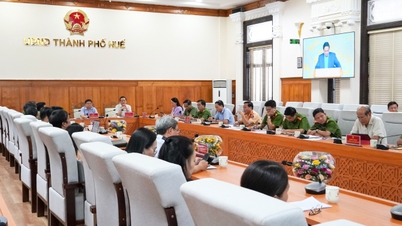








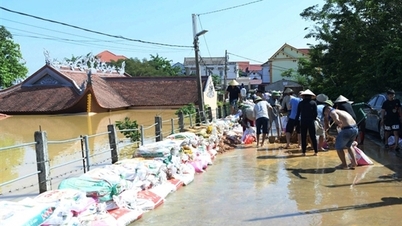









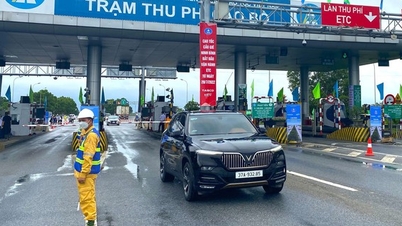




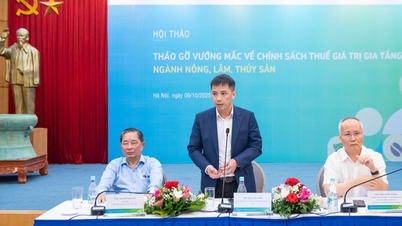



















































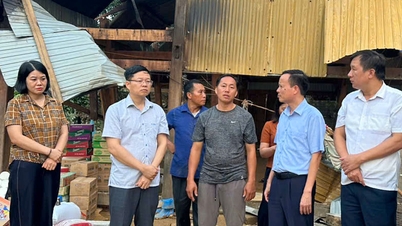












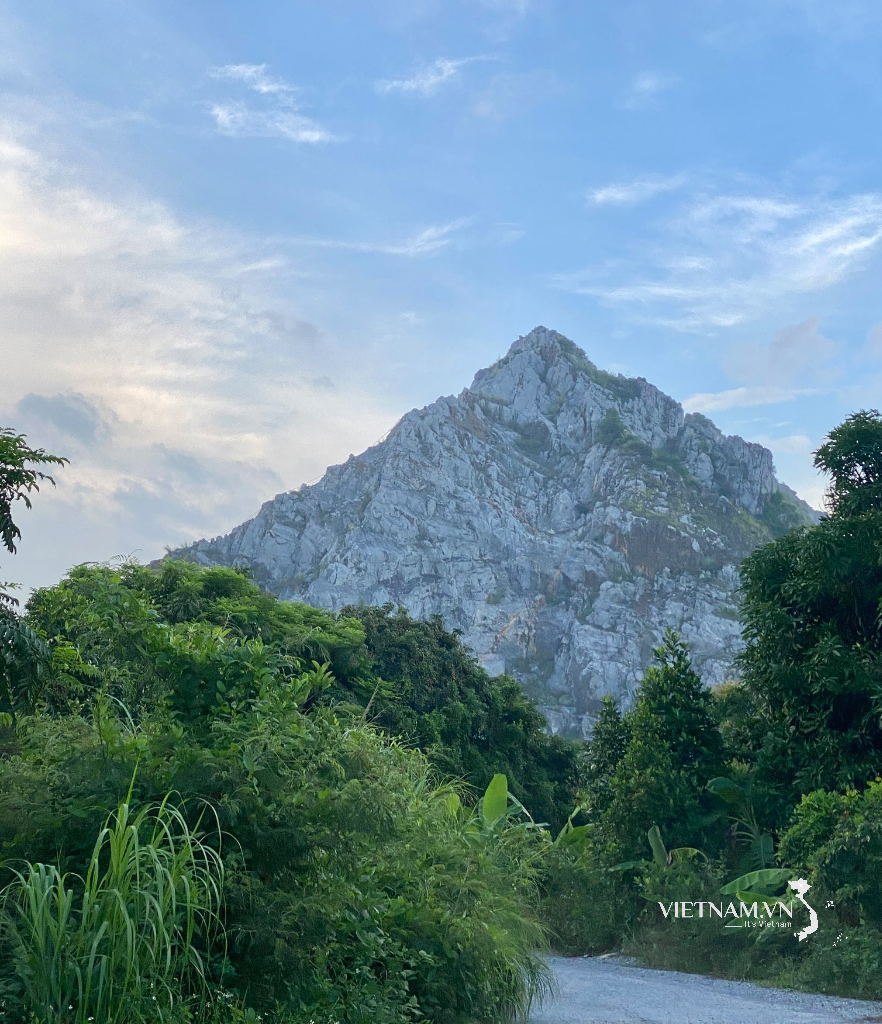
Comment (0)